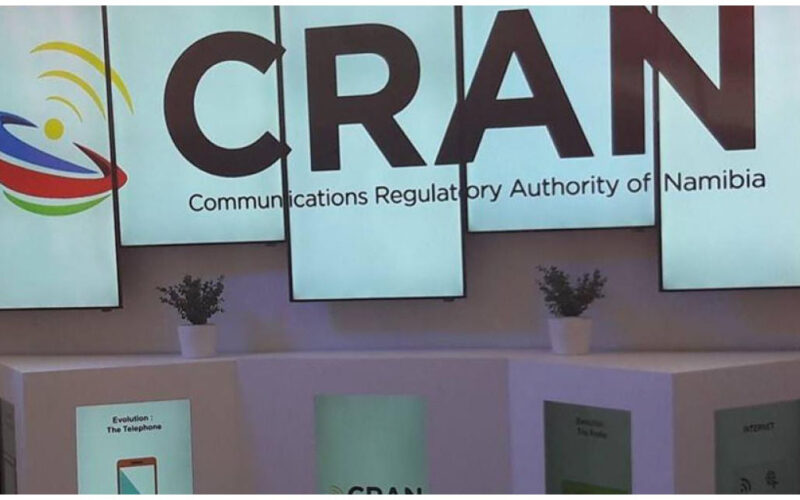Chamwe Kaira
The Communications Regulatory Authority of Namibia (CRAN) has reported that dominant Licensees have shown a positive reception towards the sharing of passive infrastructure, and no conflicts have arisen in relation to this practice.
CRAN introduced regulations regarding infrastructure sharing in October 2016, aiming to establish a framework that promotes fair and non-exclusive sharing of both passive and active telecommunications infrastructure by dominant licensees.
CRAN emphasized the significance of active infrastructure sharing in facilitating open-access collaboration, leading to cost reductions that ultimately benefit consumers. This collaboration involves licensees utilizing the radio network of other operators, such as national roaming or Mobile Virtual Network Operators.
However, CRAN noted that active infrastructure sharing remains limited in Namibia, with most disputes arising from licensees’ resistance to active sharing. This resistance, especially from dominant licensees, particularly hinders the inclusion of new market entrants and obstructs the objectives of the Harambee Prosperity Plan II (HPPII). To address this concern, CRAN intends to develop a plan to enforce compliance among dominant licensees, compelling them to adhere to the active infrastructure sharing framework as stipulated by relevant regulatory measures, as stated in the 2022 Annual Report.
Regarding the goal of achieving 95% Digital Television Broadcasting Network coverage for all Namibian households by 2025, CRAN disclosed that the project faced a setback. The Namibian Broadcasting Corporation (NBC) opted to transition to a Direct-to-the-Home (DTH) digital television broadcasting solution. This approach allows NBC to transmit its programs to viewers in Namibia using satellite broadcasting systems, similar to the approach employed by MultiChoice Namibia.
A decade ago, the Namibian government, in collaboration with NBC and CRAN, initiated the Digital Terrestrial Television (DTT) project, marking a significant technological advancement from the previous analogue television technology.
CRAN highlighted that once NBC establishes the DTH satellite distribution network, the current coverage of 80% in terms of geography and population could potentially expand to 100% by 2025, aligning with the goals of the HPP II, contingent on the availability of funding. CRAN’s role in this context is to ensure that NBC secures the necessary spectrum assignments once NBC applies for them to implement the planned DTH solution.




